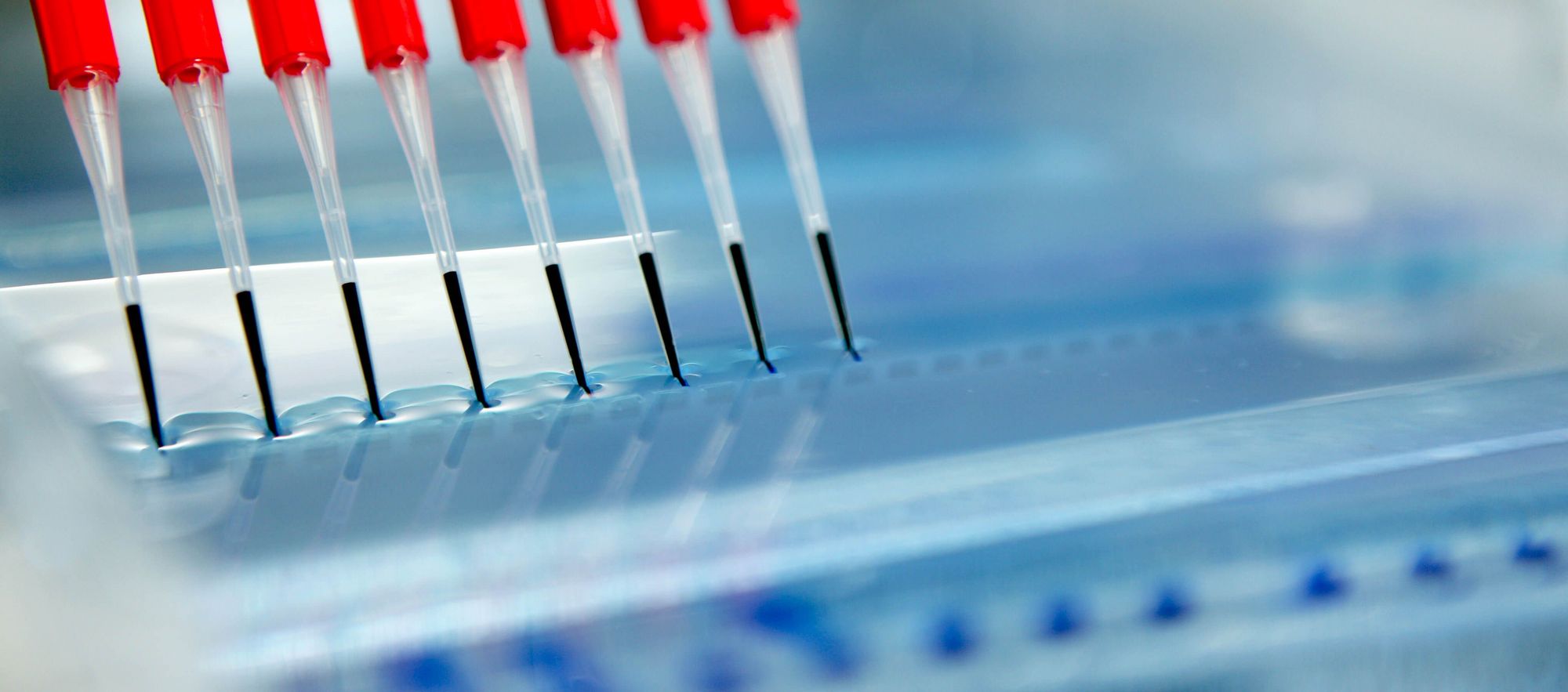Hello!
I need to haplotype a patient, their mother, and three or four of the (deceased) father's (living) siblings, so that we can deduce where the patient's (mutant) haplotype came from. We suspect a de novo SNV, only the patient has symptoms.
Many years ago my group supposedly performed this type of haplotyping using 20 microsatellites (short tandem repeats) in a 1 Mbp window surrounding the SNV. STRs are very polymorphic which made the haplotyping possible (the haplotypes of 20 STRs were unique). For some reason we no longer have access to a lab that can perform this type of STR analysis, so I'm searching for alternatives. One alternative is a SNP array, its specifications suggest 300 SNPs per Mbp on average. Are 300 SNPs enough to perform this haplotyping on these ~5 individuals? I've no idea who to ask, so I ask here.
Alternatively, are there better ways entirely to do this sort of thing?
Big big thanks for any help!
Masklin
I need to haplotype a patient, their mother, and three or four of the (deceased) father's (living) siblings, so that we can deduce where the patient's (mutant) haplotype came from. We suspect a de novo SNV, only the patient has symptoms.
Many years ago my group supposedly performed this type of haplotyping using 20 microsatellites (short tandem repeats) in a 1 Mbp window surrounding the SNV. STRs are very polymorphic which made the haplotyping possible (the haplotypes of 20 STRs were unique). For some reason we no longer have access to a lab that can perform this type of STR analysis, so I'm searching for alternatives. One alternative is a SNP array, its specifications suggest 300 SNPs per Mbp on average. Are 300 SNPs enough to perform this haplotyping on these ~5 individuals? I've no idea who to ask, so I ask here.
Alternatively, are there better ways entirely to do this sort of thing?
Big big thanks for any help!
Masklin

Comment